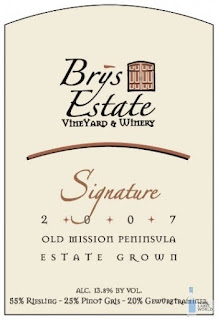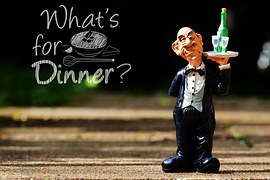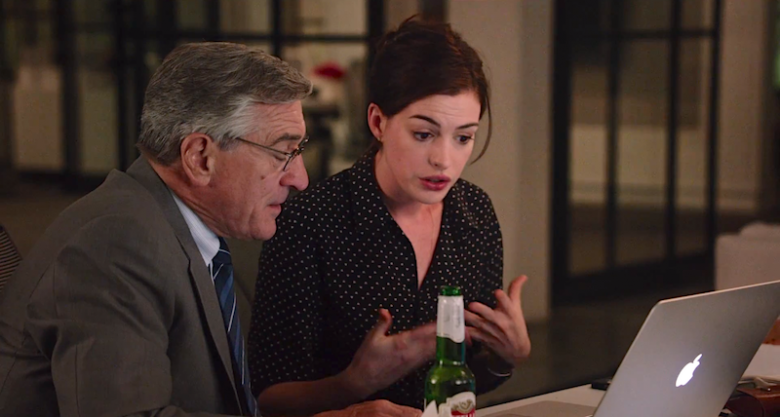by Chrysa Smith
This Sunday, I made my debut as an adult acolyte (aka: altar server). While I can proudly say that I didn’t spill a drop of wine on anyone’s Sunday best, I can also say that while it is a pretty neat spiritual experience, downing more than a sip of church wine in early morning reminds me of two things:
-there’s a good reason for sommeliers
-I need to address the beverage service that goes along with a good meal
If you’ve ever visited a winery, you know why feeling competent in the wine shop is a challenge. A wine’s bouquet depends upon so many variables: the type and age of the vines, the characteristics of the soil, the weather conditions, the length of the aging, if the aging was done in oak or steel vessels. Add to that, knowing what year was good in what region for what varieties, and well, you’d need a degree in vitIculture to uncover the perfect bottle at a fair price.
So, let’s leave all that for the experts, and do a little basic wine discovery. Shall we?
Since it’s summertime, let’s begin with some cooler, lighter whites.
Wines, like perfume, have characteristics that enhance or detract, when mixed with other olfactory/salivary sensations. In the case of wine–better with certain foods than others. So, what appeals to your sense of taste? Hints of lemon, lemongrass, peach, butter? Think on that for a moment as you start reading labels—they will tell you much of what you need to know.
Not only are the subtle flavor notes described on labels, but you will also discover where the grapes were grown, wine was bottled, if it is an estate wine (vineyard & winery on the same premises–usually means more control over content), what food it pairs well with and if it has won any awards. These are all hints that will ultimately direct you (after a little experimentation) to the right bottle for you. That’s why the serious wine lover will have his little notebook with him (like the artist or writer). Jotting down notes on the brand, region, flavor allow you to keep a record for your next shopping trip.
My husband tends to read labels in an attempt to choose wines by region. His whites are often from Livermore, CA, and he picks up some decent tasting bottles for under $10. I, being a writer, tend to read labels and the notes on the little sell sheets below the bottles. I look for high ratings from folks like The Wine Spectator http://www.winespectator.com/or Food & Wine Magazine http://www.foodandwine.com/—They’re graded on a scale of 100. I’ll give most bottles with a score of 90 or above a try—as long as they fit my budget. Gotta have good grades to make it to my table.
Want to know a little more about the characteristics of each type of white wine? Check it out for yourself at http://www.highgravitybrew.com/types_of_white_wine.htm.
How about a little girls outing?
Want to get a good feel for just what some time does for a wine? Take a barrel tour some day and taste a wine at each stage of aging—you’ll have a new appreciation for patience. There’s a nice one for those of us here in Eastern PA at Sandcastle Winery http://www.sandcastlewinery.com/on the Delaware. If I had a private jet and Swiss bank account, I’d be searching for a home among the vines and hills of Napa. But wherever you are, vineyards are pretty in summer, and cool as you make your way down into the deep, dark cellars where much of the chemistry takes place.
———————–
Many nice restaurants have wine dinners and offer you a bit of education on why they are pairing a certain food with a particular wine. Check one out in your area, or one of my favorites close to home in Bucks County—Slate Bleu in Doylestown http://www.slatebleu.com/.
————————
Head to a wine bar (for research purposes, of course) and do a wine flight—sampling of several different types of wine–no luggage or boarding pass required. It’s a good and fun way to find what you really like for a lot less—-a little extra savings for next Sunday’s collection plate.
——————-
NEXT DISH: SUMMER SALSAS








Leave A Comment